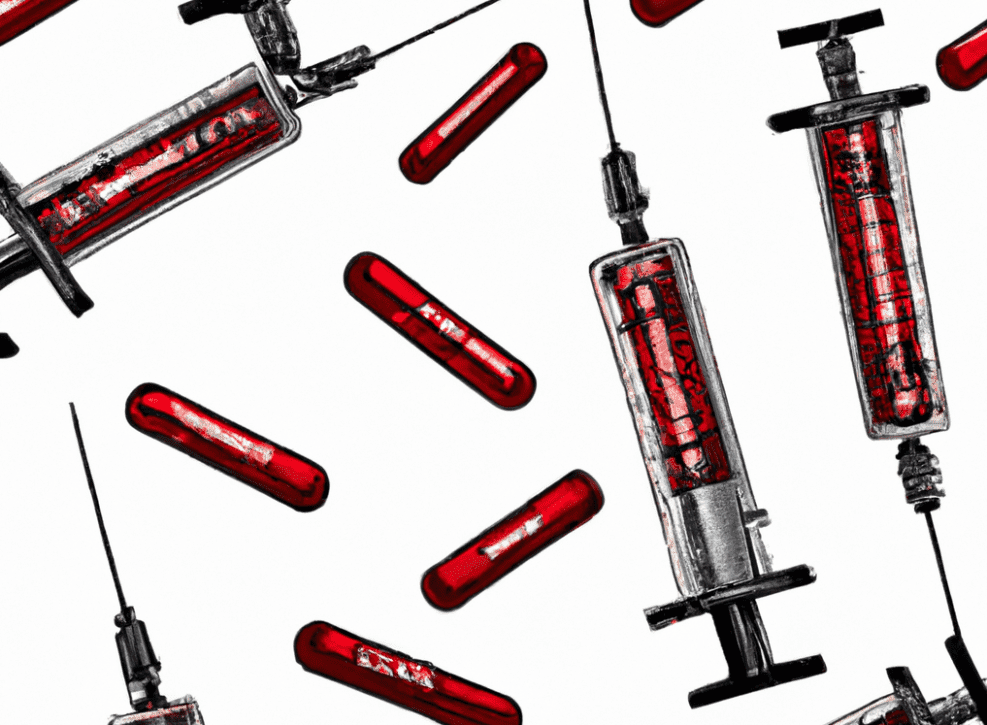Harm reduction for opioid use is a serious and difficult topic that I just can’t get past. I’ll start with a personal, not very common opinion regarding harm reduction. It can serve two purposes:
- Prevention. For the recreational use of a substance and to reduce the risk of developing clinical dependence.
- Support and Treatment. As a factor in stabilizing the existing dependence and maintaining the standard of health, living, and socialization.
It is important to understand that in the case of opioids, we are dealing with a second point. Using harm reduction methods in order to use opioids recreationally is an unproductive tactic. The addictive potential of this group of substances is so powerful that any idea that you can flirt with opioids without developing an addiction is self-deception. It sounds harsh, but this is the truth, which is confirmed both by my personal practice and in general by addictology.
In the case of opioids, harm reduction is primarily aimed at ensuring that people with addiction can continue to live this life, reducing as much as possible the effect of drugs on it. Harm reduction approaches recognize that complete abstinence from substance use is not realistic or desirable for everyone.
The basis

I believe that knowledge should be in the first place in any approach to healing and changing habitual behavior. Dissemination of knowledge about how the substance works, what good and what bad a person will experience, what consequences addiction carries for the person and his environment, and so on. At the same time, knowledge should be distributed without labels, value judgments, and other stigmatization. Clearly, accessible, ideally also interesting. Only in this case, a person will be able not only to make a more conscious choice but also armed with knowledge, they will be able to convince the changed self to choose another path. Other harm-reduction methods are certainly important. But knowledge and open access to information is the basis on which you can build a new life, and without which any programs and methods will work inefficiently.
It seems that vague subjective thoughts are enough. Let’s continue about what methods of harm reduction in the use of opioids are used today and generally work.
Application points

There are several harm reduction strategies that can be effective in reducing the risks associated with opioid use:
- Providing access to naloxone: Naloxone is a medication that can reverse the effects of an opioid overdose. By making naloxone widely available, individuals who use opioids and their friends and family can have a way to quickly respond to an overdose and potentially save a life.
- Providing sterile syringes and needles: One of the most effective ways to reduce the risk of HIV and hepatitis transmission among people who inject drugs is to provide access to clean needles and syringes. This can help prevent the spread of these blood-borne diseases, which can be transmitted through the sharing of contaminated injection equipment.
- Providing safe injection sites: Safe injection sites, also known as supervised injection facilities, are places where people who inject drugs can do so under the supervision of trained staff. These facilities provide a safe and hygienic environment for drug use, and can also provide access to overdose prevention resources and referrals to treatment and other services.
- Providing opioid substitution therapy: Opioid substitution therapy involves the use of medications such as methadone or buprenorphine to treat opioid use disorder. These medications can help reduce cravings and withdrawal symptoms, and can also help individuals stabilize their lives and reduce their risk of overdose.
- Others: housing, drug checking, paralegal services, and something else in the future.
As we can see, all areas of harm reduction from opioids are associated with the main dangers of their use: overdose, craving and relapses, social isolation, and stigmatization.
Innovations

There is no silver lining. And the covid pandemic has stimulated new approaches to harm reduction, particularly for opioids. The article “Early innovations in opioid use
disorder treatment…” by Noa Krawczyk and others in Addiction Science & Clinical Practice (2021) notes that the following harm reduction areas have been used and have proven themselves well in many countries:
- Expanded telemedicine services (special telephone booths and distribution of mobile phones to receive assistance, advice, and supplies.)
- Virtual platforms were used as a tool to continue providing outreach and education services. Delivering remote counseling sessions to people.
- Extended take‑home medications and home delivery of services.
- Uptake of long‑acting medications and safe supply of opioids.
Instead of an epilogue

And at the end, I will allow myself to quote some excerpts from an article by Tessie Castillo in the North Carolina Medical Journal, (2018 79(3). Very important words, in my opinion:
…Decades of research support the efficacy of harm reduction techniques in reducing disease transmission, saving lives, and even helping people lessen or stop their drug use. In the same sense that taking small, practical steps to improve diet and exercise habits is often more effective than attempting to lose massive amounts of weight very quickly, for many people, taking small steps to reduce the harms of drug use can be more achievable than total abstinence from all drugs. Even in the context of the current opioid crisis, where pharmaceutical-grade drugs may be laced with unknown substances that increase the risk of overdose, there are harm reduction techiques to reduce these risks…
…The goal of harm reduction with regard to drug use is to encourage positive steps toward improving a person’s health and wellness, however, that person may choose to define it. For some people, that means abstinence from drugs. For others, it means lessening their drug use, managing their drug use, or in some cases improving other areas of their lives while mindfully seeking help to manage the risks of drug use (eg, needle exchange, naloxone, MAT, etc.), even as they continue their drug use…
…Harm reduction recognizes the harm that chaotic drug use coupled with ineffective drug policy can cause…
…public health professionals, policymakers, and communities need to be prepared to confront the next wave of drug-related harms, whether they be from the drugs themselves or from policies that make it harder for people to live healthy lives due to stigma, the effects of a criminal record, or difficulty accessing treatment and health care. How we handle the opioid epidemic will shape the debate on whether substance use is treated as a medical problem or a criminal one for decades to come. We need to all come together to advocate for evidence-based solutions to improve health and save lives.
That’s all for today.
If you think that something needs to be added or corrected here, write to me. I am always glad to dialogue.
I hope the article was helpful. Please support the development of this blog:
- Subscribe to my social networks.
- Share a link to this article with your friends.
- Tell about the blog on thematic resources or in chats.
Thank you for your time and attention 🩺




